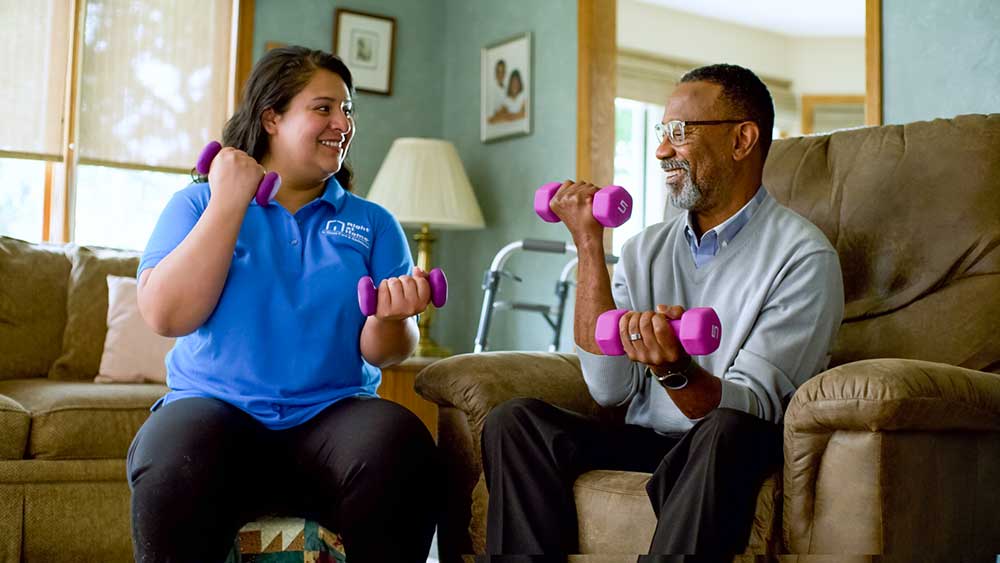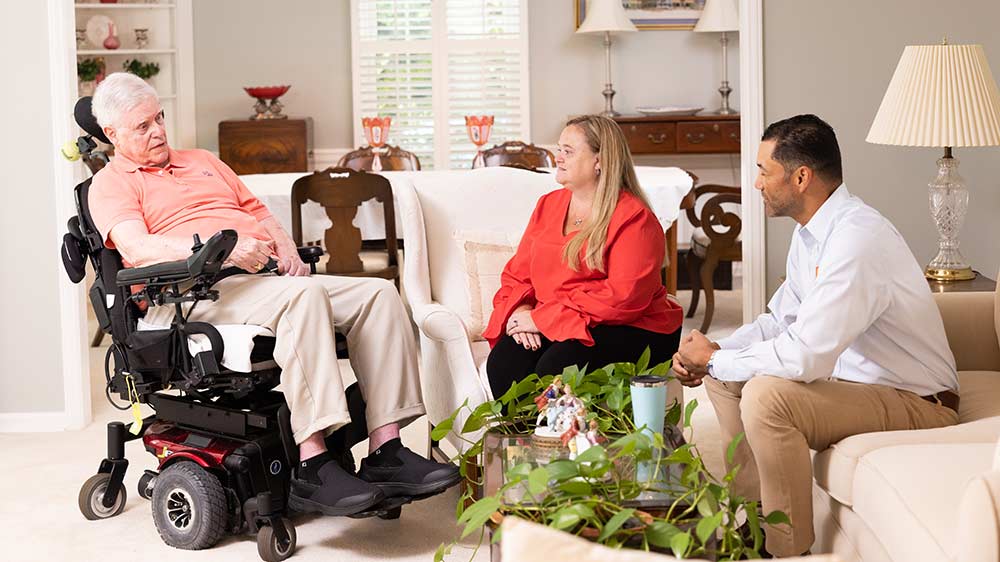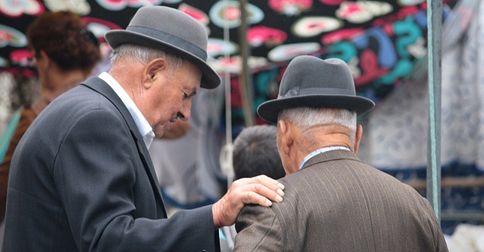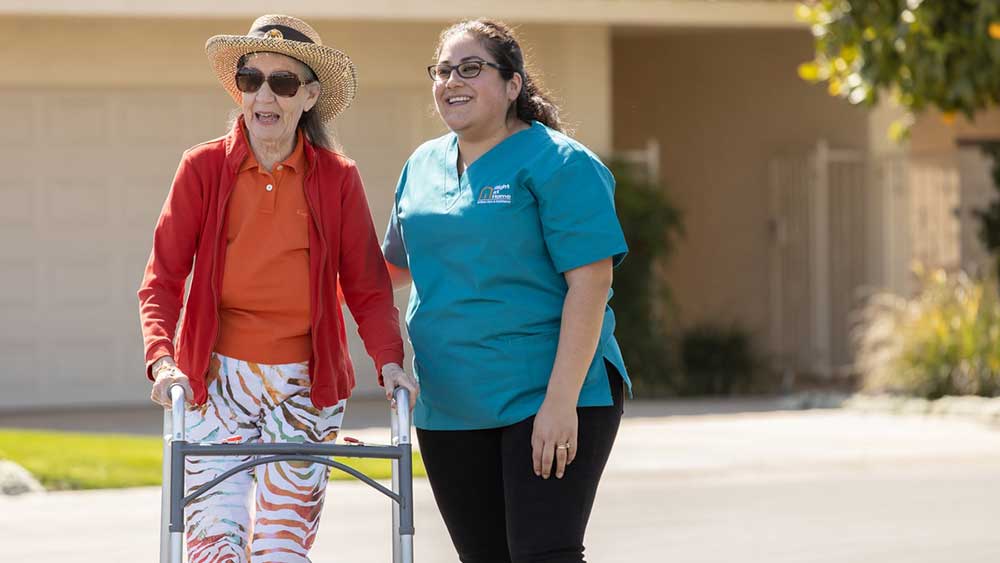

4 Lifestyle Choices to Reduce Likelihood of Stroke
With nearly 800,000 Americans experiencing a stroke annually, it’s no wonder that stroke is the fifth-leading cause of death in the U.S. To put this in perspective, someone in the U.S. has a stroke every 40 seconds, and every 4 minutes, someone dies of a stroke.
Although the statistics might seem bleak, there are plenty of ways to prevent a stroke from occurring; even if a stroke is unavoidable, there are steps you can take while it’s happening that greatly increase the chances of making a full recovery. Here’s what you need to know:
Stroke Prevention: Lifestyle Changes
Whether you are looking to adopt a more heart-healthy lifestyle or specifically want to reduce your risk of stroke, making changes to your diet, exercise habits and lifestyle choices can have a big impact on preventing strokes.
- Eat fresh fruits and veggies for a heart-healthy diet. The more you choose to eat fresh foods over prepackaged items that are packed with preservatives, the more likely you are to see a positive impact on your heart health. Specifically, reducing your intake of foods that are high in saturated fats, trans fats, cholesterol and sodium can help you lower your cholesterol and blood pressure, both of which contribute to heart disease and stroke. This can mean swapping out fried chicken for baked chicken, canola oil for olive oil, and bacon or sausage for turkey bacon or tempeh strips.
- Incorporate 30 minutes of aerobic activity into your exercise routine. Physical activity is a major lifestyle factor when it comes to stroke prevention. The American Stroke Association recommends working in at least 150 minutes of cardiovascular exercise per week, as well as taking movement breaks during the workday in order to “offset the serious health risks of being sedentary.” Whether walking, dancing, bike riding or swimming, the importance isn’t which activity you choose, it’s simply that you choose to participate regularly.
- Quit smoking cigarettes and limit your alcohol intake. It should come as no surprise that smoking cigarettes can have a negative impact on your heart health. In fact, research has shown that smoking both cigarettes and e-cigarettes may nearly triple the risk of stroke compared with those who do not smoke. Additionally, consuming too much alcohol can have a negative impact on your health, so if you are looking to prevent a stroke from occurring, curbing your alcohol intake (no more than one drink per day for women and two for men) is also critical to your health.
- Improve your mental health and well-being. Although not spoken about nearly enough, learning proper stress management and getting enough sleep (between 7-9 hours) can also play a big role in reducing your risk of stroke. The American Stroke Association has dedicated a section of their website to encouraging those who want to live more heart-healthy lives to adopt practices that serve their emotional well-being, such as curbing stress levels via meditation and creating better sleep habits at night.
In Case of Stroke, Act FAST
Even if you make all the necessary lifestyle changes to help prevent stroke, your body might have other plans for you. If you or a loved one is experiencing signs of a stroke, remember to act FAST:
- Face drooping. If you notice one side of the face drooping or feeling numb, it can be a warning sign that a stroke is occurring. If you are with someone who might be experiencing a stroke, ask them to smile to see if their mouth is uneven.
- Arm weakness. Strokes can often cause paralysis or weakness in arm muscles. If your arms go numb, or if a loved one can no longer raise their arms over their head, it is a telltale sign of stroke.
- Speech. Often, bleeding in the brain can impact speech control, leading to slurred speech or gibberish that is hard to understand.
- Time to call 911. These previous steps all happen pretty quickly, and it’s imperative that you act quickly when you notice them. Time is of the essence when it comes to strokes, so be sure to call 911 for help immediately. And although panic might start to set in, try to note the time in order to help educate the doctors about when symptoms first appeared.







